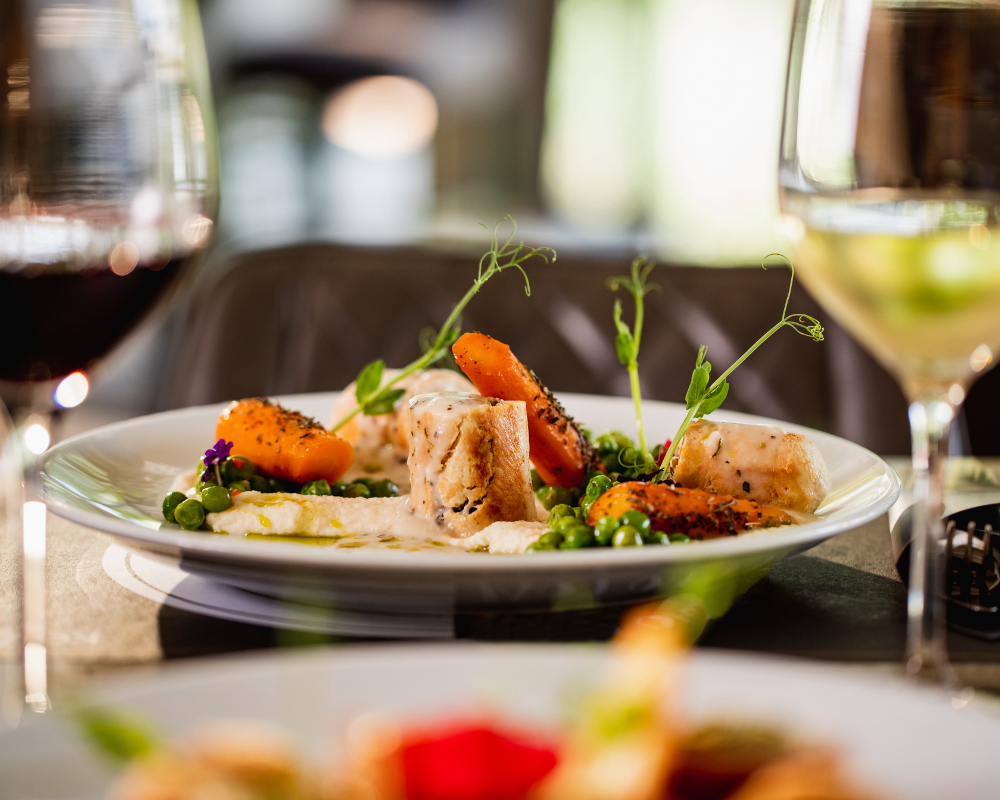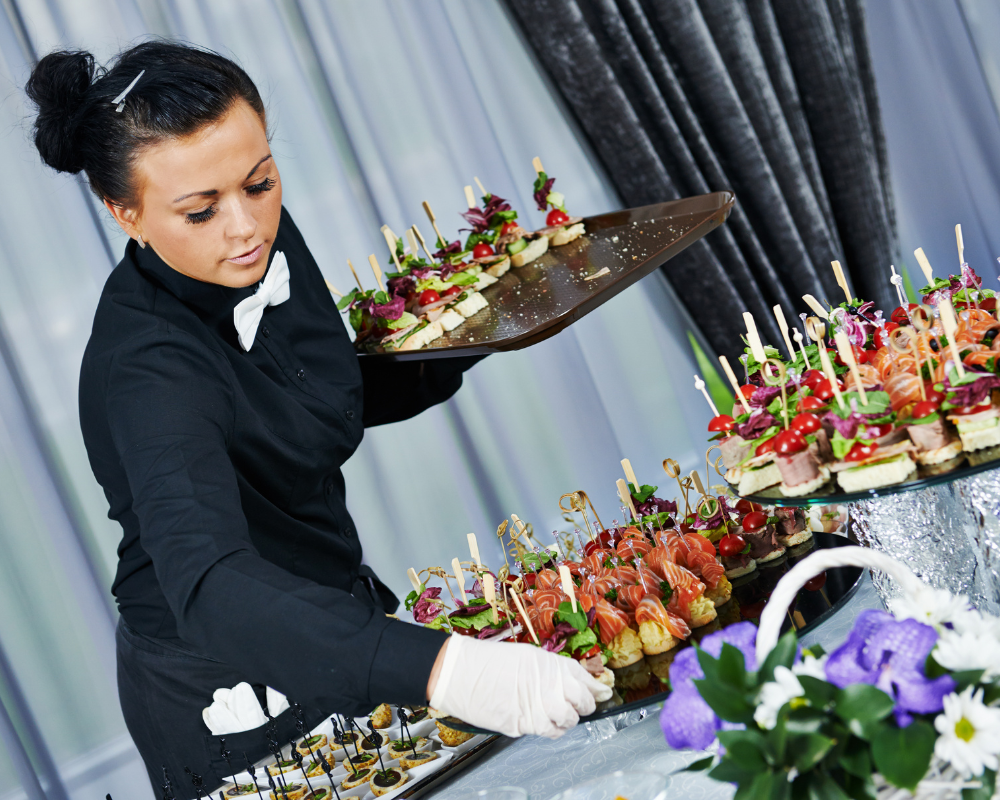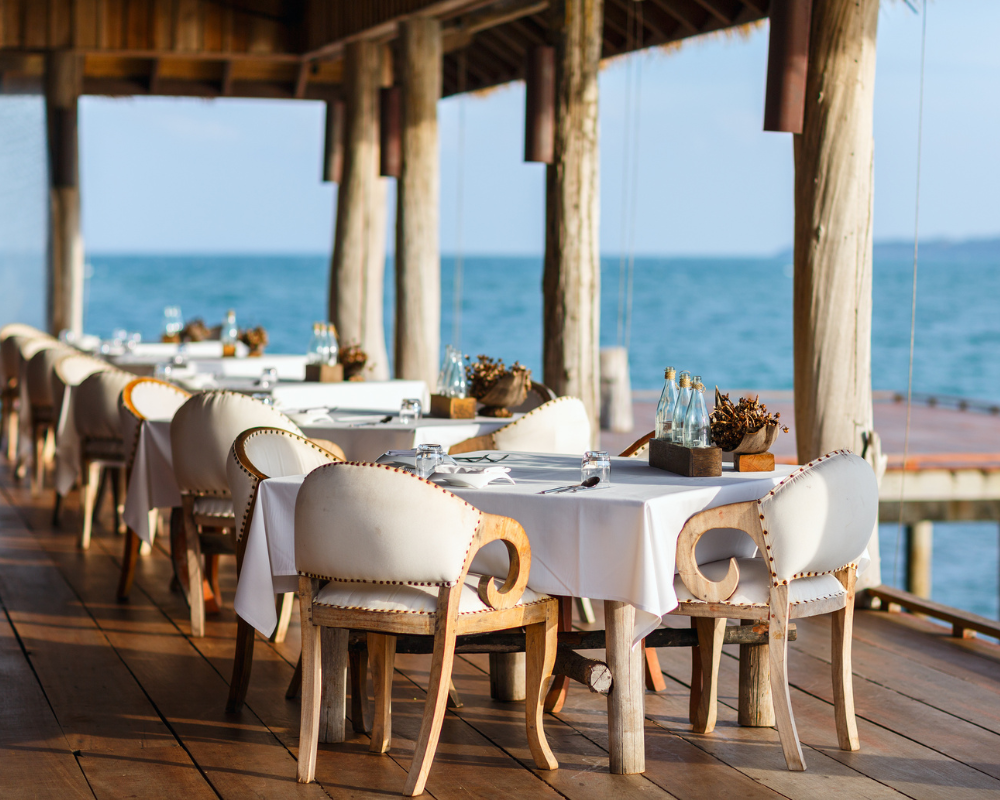Selecting the perfect catering style for your event is crucial for ensuring a memorable experience for your guests. The right choice can enhance the ambiance, complement your event’s theme, and satisfy your guests’ palates. With several catering styles available, it’s important to understand their nuances and how they align with your event’s needs.

Understanding the Different Catering Styles
Buffet Style Catering
Buffet-style catering is a popular choice for events where variety and flexibility are key. Guests can serve themselves from a selection of dishes, which allows them to customize their meal according to their preferences. This style is ideal for casual gatherings but can also be elevated for more formal occasions.
Plated (Sit-Down) Service
Plated service, often referred to as sit-down catering, offers a more formal dining experience. Guests remain seated while a pre-selected menu is served to them in courses. This style is perfect for weddings, galas, and other events where elegance and structured service are desired.
Family-Style Catering
Family-style catering combines the communal feel of a buffet with the convenience of seated service. Large platters of food are placed on each table, and guests help themselves, creating a shared dining experience. This style fosters interaction and is well-suited for intimate gatherings.
Cocktail Reception or Hors d’oeuvres
For events where mingling is the main focus, a cocktail reception with hors d’oeuvres is an excellent option. Small, bite-sized appetizers are served either on trays by waitstaff or at stations. This style allows guests to move freely and socialize while enjoying a variety of flavors.
Pros and Cons of Each Catering Style
Buffet Style Catering: Flexibility vs. Traffic Flow
Buffet-style catering offers flexibility in food choices and portion sizes, but it can lead to long lines and traffic congestion around the food stations. It’s important to plan the layout carefully to minimize these issues.
Plated Service: Elegance vs. Limited Menu Options
Plated service is the epitome of elegance, offering a refined dining experience. However, it typically involves a limited menu, which may not cater to all dietary preferences or restrictions.
Family-Style Catering: Shared Experience vs. Space Requirements
Family-style catering encourages a warm, communal atmosphere, making guests feel more connected. However, it requires ample table space to accommodate large serving platters, which may not be feasible in all venues.
Cocktail Reception: Versatility vs. Potential for Limited Food
Cocktail receptions are versatile, allowing guests to sample a variety of small bites while mingling. The downside is that guests may not feel as full as they would with a more substantial meal, so careful planning is needed to ensure sufficient food is available.

Factors to Consider When Choosing a Catering Style
Guest Count and Venue Size
The number of guests and the size of your venue are critical factors in determining the best catering style. A large guest count may make a plated service more challenging, while a small venue may not accommodate a buffet or family-style setting comfortably.
Type of Event (Formal vs. Informal)
Consider the nature of your event. Formal events typically call for plated service, whereas casual gatherings might be better suited to buffet or family-style catering. Cocktail receptions work well for events where networking or socializing is the main focus.
Budget Constraints
Your budget will heavily influence your choice of catering style. Buffet and family-style options can be more cost-effective than plated service, which often requires more staff and resources. However, balancing quality with cost is essential.
Dietary Preferences and Restrictions
Ensure that your chosen catering style can accommodate any dietary preferences or restrictions among your guests. Buffets and cocktail receptions offer the most flexibility, while plated services may require careful planning to meet diverse needs.
Making the Final Decision
Matching the Catering Style to Your Event’s Theme
The catering style you choose should complement your event’s theme and overall aesthetic. For instance, a formal plated service aligns well with a black-tie event, while a family-style meal might be perfect for a rustic, outdoor wedding.
Collaborating with Your Caterer for Customization
Work closely with your caterer to customize the menu and service style to your event’s unique needs. A good caterer will offer suggestions and adapt their offerings to match your vision.
Balancing Aesthetics with Practicality
While it’s important to create a visually appealing dining experience, practicality should not be overlooked. Consider the flow of service, guest comfort, and how the catering style will impact the overall event atmosphere.
In conclusion, choosing the right catering style is about balancing aesthetics, practicality, and the unique needs of your event. By carefully considering your options and collaborating with your caterer, you can create a memorable dining experience that enhances your event’s success.

